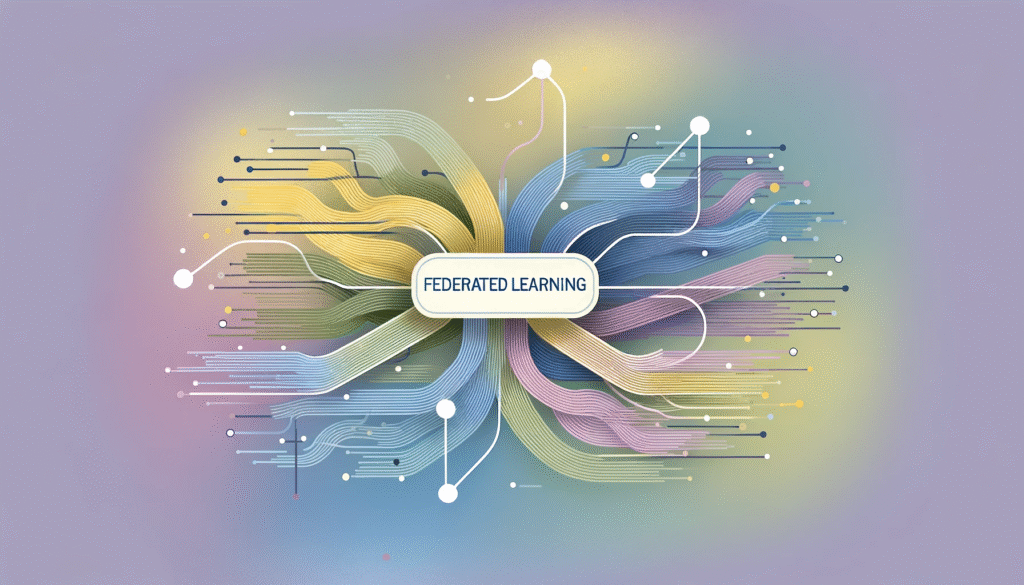Revolutionising AI with Federated Learning: A New Era of Secure and Diverse Data Usage

Introduction
The landscape of artificial intelligence (AI) is evolving rapidly, and with it, the methodologies for training machine learning models. A pioneering approach that’s gaining traction is Federated Learning AI, a paradigm shift from the traditional centralized training methods. This article delves into federated learning, exploring its mechanics, types, challenges, and real-world implications.
What is Federated Learning AI?
Federated Learning AI is a novel approach that decentralizes the training of machine learning models. It involves training algorithms across multiple devices or servers holding local data samples, without exchanging the data itself. This method not only enhances data privacy but also leverages a rich diversity of data sources.
How Federated Learning Works
The process starts with a baseline model on a central server. This model is then distributed to various client devices, where the model trains on local data. Importantly, only model updates—not the data itself—are sent back to the central server. The server then aggregates these updates to refine the model, making it more robust and representative of diverse data sources.
Variants of Federated Learning
- Centralized Federated Learning: Involves a central server coordinating the training process.
- Decentralized Federated Learning: Operates without a central server, relying on peer-to-peer interactions.
- Heterogeneous Federated Learning: Deals with a mix of devices with varying capabilities and data.
Frameworks and Algorithms
- FedCV: A framework tailored for computer vision applications in federated settings.
- Federated Stochastic Gradient Descent (FedSGD) and Federated Averaging (FedAvg): Key algorithms driving the federated learning process.
Challenges in Federated Learning
Although federated learning shows great promise, it faces challenges such as communication efficiency, privacy concerns, and system heterogeneity. Addressing these issues is crucial to ensure the technology’s widespread adoption and success.
Real-World Applications of Federated Learning AI
- Smartphones: Federated learning enhances user experiences in features like predictive typing and face recognition.
- Transportation: It advances self-driving car technologies by integrating diverse data inputs.
- Manufacturing: It optimizes product recommendations and environmental monitoring.
- Healthcare: Federated learning enables secure, collaborative research while maintaining patient privacy.
Conclusion
Federated learning represents more than just a technological advancement; it marks a paradigm shift in data privacy and model training. As researchers and engineers continue to refine this approach, we will see more personalized, secure, and efficient AI applications emerge. Therefore, federated learning AI will play a crucial role in the future of machine learning.
The post Revolutionising AI with Federated Learning: A New Era of Secure and Diverse Data Usage appeared first on Alpesh Kumar.
